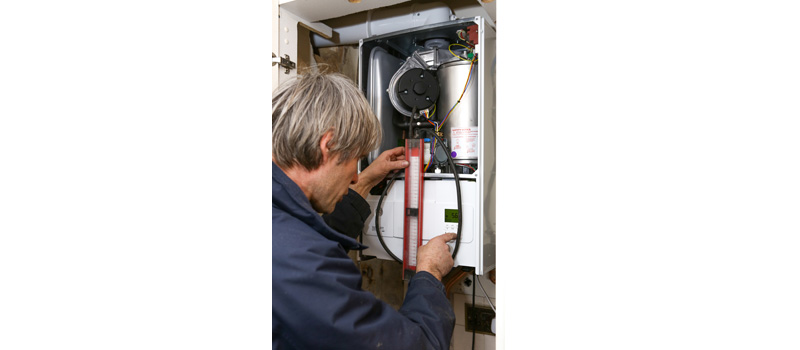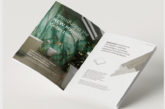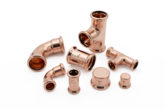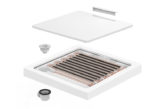
As this September’s introduction of the Energy related Products (ErP) Directive draws ever closer, the pressure is mounting on the industry to be prepared for the new labelling legislation. Martyn Bridges, Director of Marketing and Technical Support at Worcester, Bosch Group answers some of the most common questions received from installers over recent months.
What is ErP?
ErP stands for ‘Energy-related Products’. The ErP Directive, which is a new regulation set by the European Union, is designed to drive improvements in the efficiency and performance of heating and hot water products. Its purpose is to ensure that end users are aware of the level of energy efficiency inherent within their appliances. As such, the Directive will help European Governments reduce carbon emissions and improve the overall efficiency of the housing stock, while helping homeowners to reduce their energy bills. The ErP regulations cover boilers, combination boilers, water heaters and other heating appliances up to 400kW.
What is Energy Labelling?
The new regulations introduce Europe-wide energy labelling requirements for boilers, combination boilers, water heaters and other heating products up to 70kW and hot water cylinders under 2,000 litres. The appearance and design of the label is similar to the labels we have seen for some years on other domestic appliances and also the SEDBUK scheme. There will be an appliance label which will be despatched with an appliance such as a combi boiler. However, if that combi boiler is then installed along with new controls, for example, or perhaps solar water heating, then a system label will need to be created and left with the end-user.
How will it affect me and my business?
These changes will have implications on how you communicate with both merchants and particularly your customers. The new appliance label will be supplied with the heating appliance and, if you have a showroom, it will also be your responsibility to display an Energy Label whenever you display an ErP compliant product.
How will this benefit me and my business?
The appliance or system label can provide you with a simple sales tool that you can use to illustrate to your customers how much more efficient their new boiler will be in comparison to an older boiler. It will also illustrate the benefits that controls and renewable technologies can have on the system’s band rating and efficiency.
How will the labelling scheme work?
The new Energy Labelling Directive will introduce new efficiency classes from A+++ to G, with the maximum rating for a gas or oil-fired condensing boiler being A. To go higher than this, supplementary products such as renewables will be needed. It has yet to be decided what will happen with the current SEDBUK or Products Characteristics database label that is in use in the UK. However, the use of two labelling schemes is likely to confuse, therefore it is likely that we will eventually end up with the one ErP label.
The Energy Label for each product within scope must be shown in literature and be made available if advertising online but there is no requirement for having the label visible on a product’s packaging.
What about systems that contain different products?
In these circumstances, there is a responsibility to provide a package label when combining a heating appliance with a temperature control and/or solar device, cylinder or a supplementary heating appliance – a hybrid heat pump, for example. The person who puts that package together and hands it over to the end user will need to create a label that provides the combined energy efficiency rating, rather than ratings for each individual component. For example, this could be the merchant’s responsibility if they supply a complete package under one part number, or yours if you have chosen to buy items individually under separate part numbers. If it is your responsibility to calculate the overall package efficiency, you must use the efficiency or consumption figures listed on the product fiche to calculate the final system efficiency. In this circumstance, Worcester will be providing an on-line tool that makes calculating the overall package efficiency of a Worcester system effortless. Crucially, you are responsible for providing the package label to your customer.
What about controls?
The ErP Directive covers all products that consume energy, such as boilers, heat pumps, solar thermal etc. It also includes controls, which are defined using ‘classes’. These run from Class I (a simple on/off room thermostat) through to Class VIII (multi-sensor room control for use with modulating heating appliances). Each control class equates to a certain percentage uplift in system efficiency. For example, a class VI weather compensating control will add 4% efficiency to the heating system.













